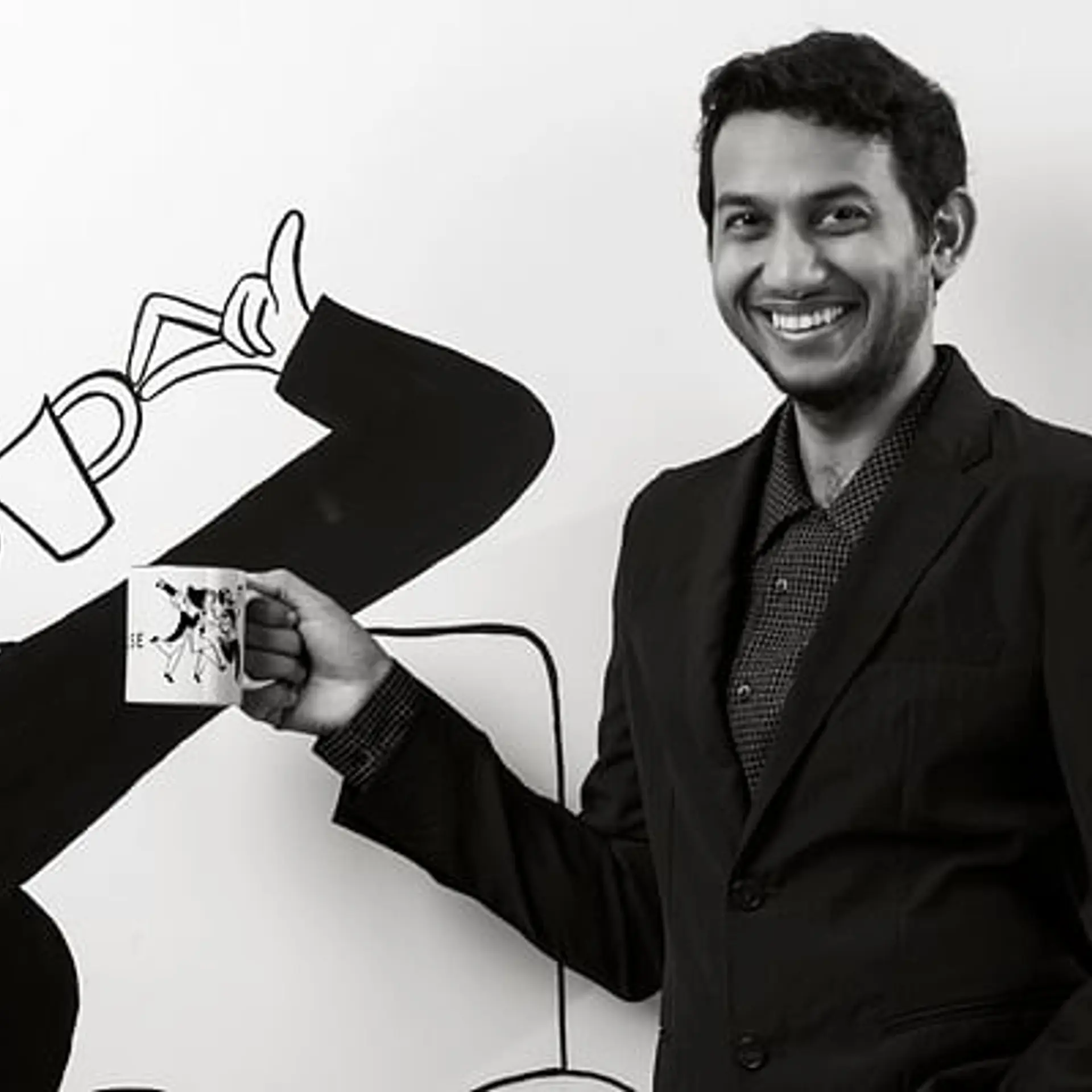This US-returned techie aims to make Indian schools data-driven and transparent with SchoolCom
Remember Monday mornings when you were in school? Beginning the day groggily and annoyingly early. The hustle into morning assembly, the attendance, and the homework. So imagine its 9 am on a Monday and the class teacher of Class VI takes attendance on a tab. All he or she has to do is pull out a tab and mark absentees. An SMS is triggered to the parents of all the absentees almost instantaneously.
All this happens in a school situated in one of the remotest towns of India where a reliable Internet connection is almost impossible. This is what SchoolCom does. It helps simplify decision making in schools by making data capturing and analysis sharp and efficient.

Building an intuitive data capturing product
SchoolCom has built a platform “SmartTab” that is a focussed device pre-fed with master data of a particular school like student records, modules, teachers, sections, and other details. The product has inbuilt Wi-Fi connectivity and offline-online syncing technology.
It has intuitive and customisable data capture modules so the teacher can record any kind of data the way he or she wants. All of this data is then transformed into simple graphics to help the teacher make sense and analyse the data captured. The tablets can also record the data offline and can also be easily synced over a regular 2G network.
The tablets also help measure a student’s performance on a day-to-day basis. There is also an in-built messaging system that allows teachers to update the student’s parents with their child’s performance and day-to-day activities.
Working with schools
The idea of SchoolCom came to Mangalram Purushotam while he was in the US. After completing his masters from Georgia Institute of Technology, Mangal was working as a consultant for a technology company.
“I came back from the US to manage Indian schools and realised that data capturing is a very big issue that most schools face,” says 31-year-old Mangal. He adds that for the principal it was almost impossible to make important day-to-day decisions in a short span of time. “It was then I decided to develop a product that could make a teacher’s life much simpler and be strongly data driven.”
Saurabh Saxena, a friend who also had years of experience in software development and has been ranked among the top 500 programmers in the world, joined in as the Co-founder. Starting with a team of four, with Saurabh as the lead developer, the team built the first MVP of SchoolCom in early 2013.
Traction and growth
In the initial days, the team worked hard to understand the requirements of the teachers and students. So they would spend the time in schools understanding how they functioned, and soon they onboarded 3,000 students in 2013; that number has now grown to 100,000 students.
The team claims that they are growing at 100 per cent every year, thus making it easier to meet their expenses and grow at the same time. The team gets its revenues through the sale of its product – SmartTab, which varies for every school basis their requirements. SchoolCom has declined sharing its revenue figures.
Future plans
“We want to have a million kids on the platform by 2017. We have already gone past 10 per cent of it with no external funding,” adds Mangal.
The team is now working on a new platform called Flap. They are working with leading teachers and subject matter experts from across the world to create repositories and study material regarding various courses and subjects right from mathematics to music. Mangal says this will allow single or community-based users to just login to the platform from any of their devices and redefine their learning experience.
YourStory take
With the increased focus on our education system, and with the different government policies that are pushing towards literary initiatives, data capturing for schools becomes essential. SchoolCom replicates the model of its UK counterpart SchoolComm.
A survey stated that close to 23 crore children are studying in close to 13 lakh schools across India. In 2013, there was a 13.67 per cent growth in student enrollements from Classes 1- 12. According to an IBEF report, the Indian higher education system is one the largest in the world with over 70 million students enrolling in less than 20 years.
While the numbers look promising, one of the biggest challenges most Indian schools face is the lack of the right infrastructure. In several schools in rural areas, there is said to be a lack of even proper drinking water facilities. Many even lack the basic supplies like stationery, so while the plan for schoolrooms using tabs for multiple schools across India is great, using it in rural areas might be a challenge.







